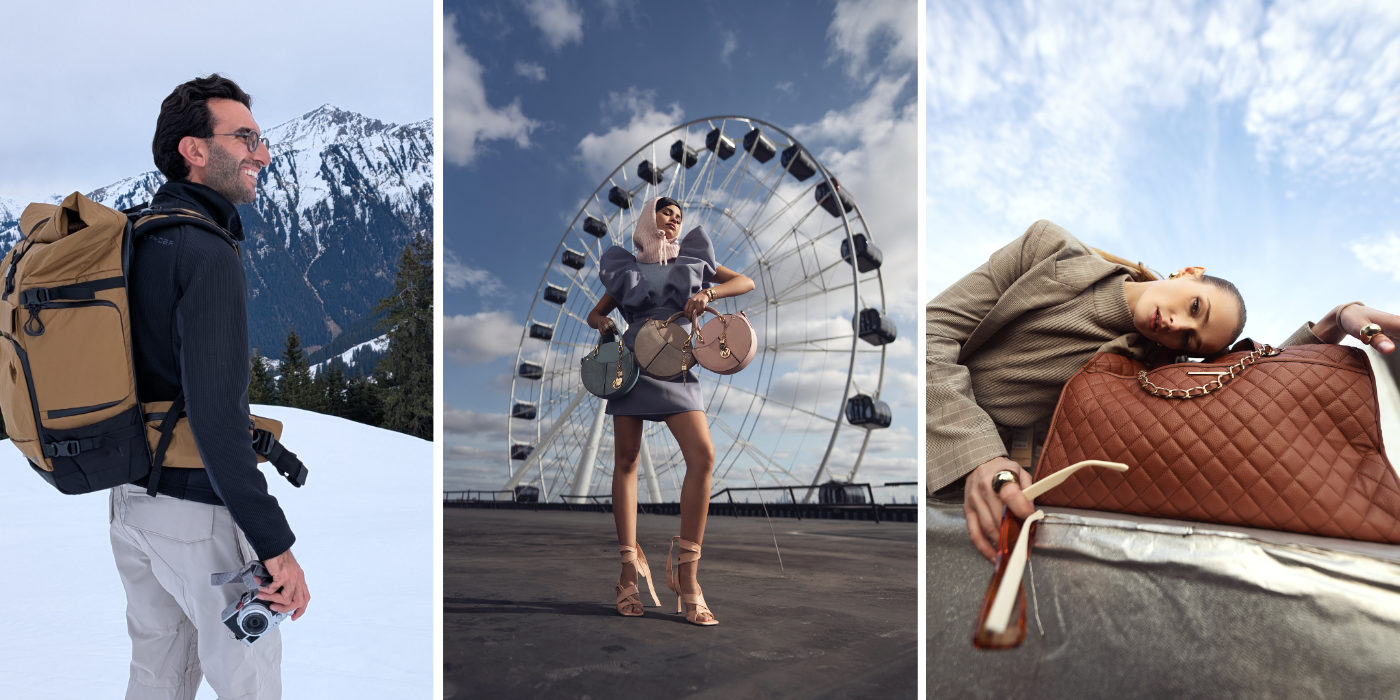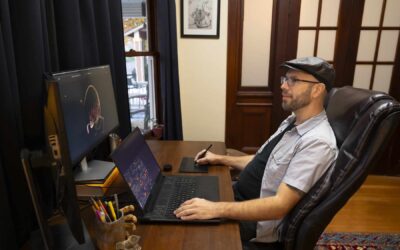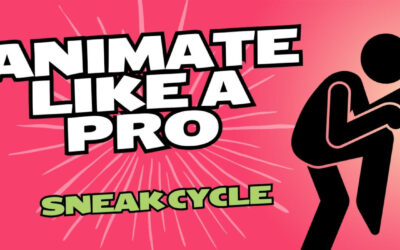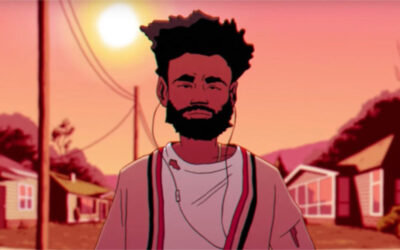Dani Diamond is one of the most talented – and popular – photographers working today. He’s currently primarily a fashion photographer based out of New York City, who has also written dozens of informative articles for FStoppers and created tutorial videos to help out the next generation of photographers. He’s been a longtime Wacom user, and swears by his Cintiq Pro 27 pen display, Wacom Intuos Pro pen tablet, and his Wacom Movink OLED pen display when he’s traveling.
We spoke to Dani about his background, how he got into fashion photography, his views on technology in photography and his Wacom tech in particular, and any advice he has for young or beginning photographers looking to pursue a creative career. The interview below has been lightly edited for length and clarity.
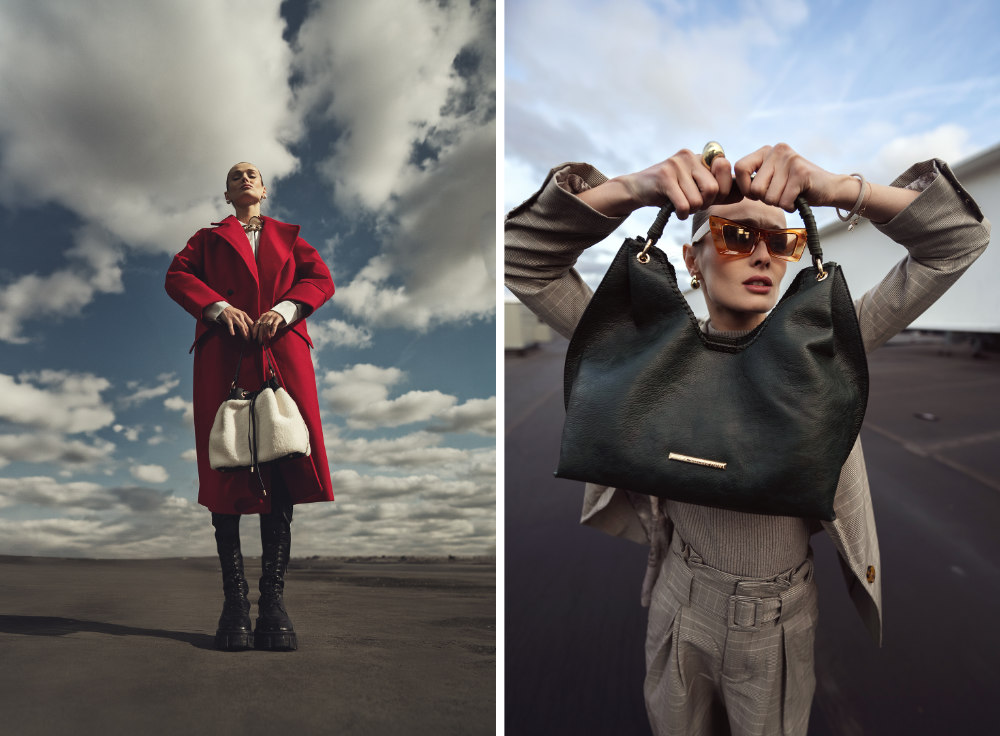
You didn’t pick up photography until you were in college studying business. What eventually drew you to it? Why has it become your career?
I had a very difficult time studying in school – my mind always wandered off. But a friend of mine in college had a camera, and I was fascinated by the technical side of it. The more I learned about it, the more I realized I didn’t know – this is true to this day. When my mind finds an interest, I hyperfocus on it until I reach the end, and in art there is no end – so I’m hooked for life!
I turned photography into a business because I saw an opportunity to feed my soul while making an income. Being that I’m business-oriented, I had an easy time navigating the freelance, self-employed world. I’m very self-motivated, and the freelance lifestyle suits me.
Why fashion and portrait photography specifically? Did you start out exploring other types of photography before you landed there?
Simply put, fashion is the most sought-after genre within photography, and there is a prestigious label that comes with it if you can make a full time living doing it. For a very short while, I did product photography – before I learned that I loved dealing with humans, so I jumped over to portrait photography. Portrait photography was essential to excel at before stepping into the fashion world. I took baby steps to gain experience, build relationships, and learn to perform under any scenarios. Now I focus mostly on fashion.
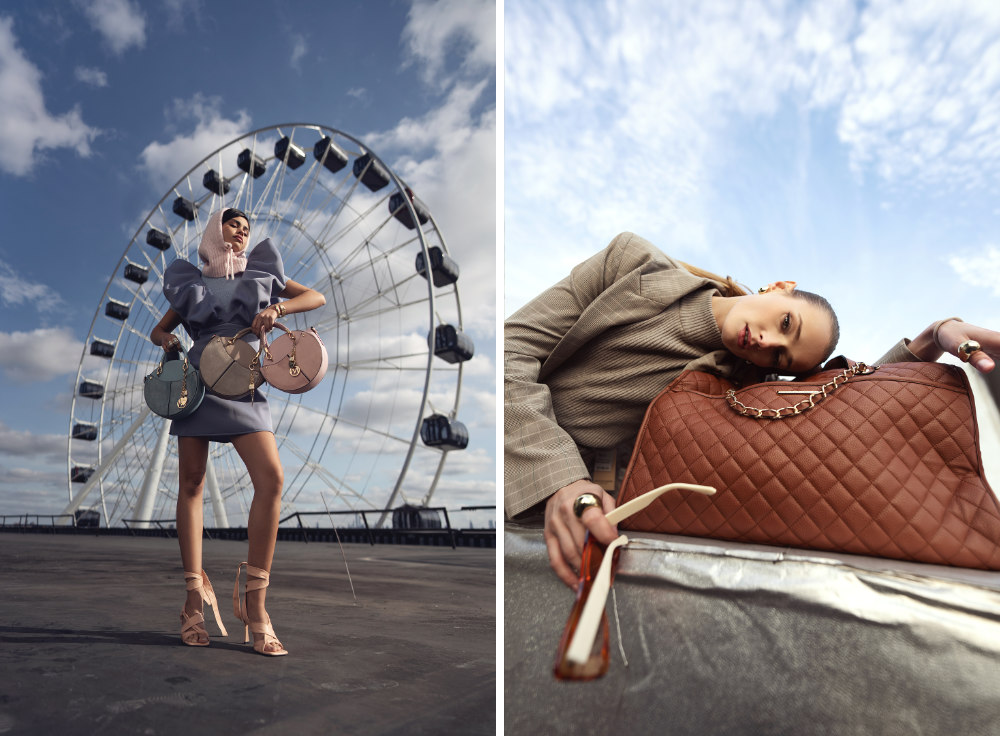
You’ve talked about how the market is saturated, and aspiring photographers might be better off studying something else so they can make money. Is that still your advice to young folks who might be interested in photography as a career? What about going to art school?
Ever since my first day as a photographer, I’ve felt this way – and I still do more now, than ever. If you want to love the art of photography, don’t pay to learn it – and don’t expect to get paid doing it. Leave it as a hobby while you choose a more promising career. For every couple hundred people who get into the field, very few will make a comfortable living at it. The odds are against you, and the stress will take the art and pleasure out of it. In my opinion, if you’re paying for school and putting in the years of studying, it should be for a career path that guarantees a job. Art is not guaranteed. Furthermore art is learned from within, not dictated by a teacher.
You were once known for your “natural light” photography. How does one master lighting? Isn’t it tricky to be dependent on the weather?
While I was known for my natural light portraits in my earlier years, I now use an equal amount of artificial light. Nothing beats the look of a natural light portrait, though. I’ve learned to work under all lighting conditions, and come prepared to each shoot with everything necessary to get the job done right. The night prior to shooting, we always check the weather – and if there is rain we make backup plans. However, I can always work with the sun at any time of the day.
Do you have a general approach to shooting successful portraits, or does it change based on the model, location, or client?
My approach to portraits has been simplified to steps which I call a “recipe.” There are nine elements that I apply to each portrait: Background choice, lighting, camera settings, depth, expression, pose, clothing choice, colors, and communication. I broke these steps down and mastered each one individually, and now it’s all second nature to me!
When you’re shooting for a client, you often have to closely follow a brief and produce a product that they will approve. How do you balance your own creativity with the needs of your client? Do you have any advice for young or beginner photographers who are trying to balance their own creative vision with their clients’?
This question doesn’t have an easy answer. For over 10 years, I strictly had a signature look that I did for every shoot. While this helped me build my brand and name, I started to lose clients because the shoots looked similar. With the help of producers and directors that I trusted, I followed their lead on shoots, and successfully managed to become more diverse with my style. Seeing clients happy made me feel satisfied, and whenever I feel the need to fill the void of not being able to do my own style, I simply carve out some space to take a portrait during a production for myself and for social media.
Some say an artist is only as good as their tools, and others disagree. How do you feel about the role of technology in photography? Do you keep yourself upgraded with the latest and greatest tech, or do you try to keep it simple?
When I started out, I strongly felt it was important to keep it simple with a few tools that get the job done. I was starting out and didn’t know if I’d be successful. Putting yourself in debt for the sake of investment is not how I roll. However, 15 years later, I’m constantly upgrading and keeping my eye out on a better tool for the job. I am now at the place where I can do that! I wait for the right job and opportunity to warrant the purchase of a new tool.
Speaking of tech, you do your own editing and retouching, and have been a longtime Wacom user. You have a Wacom Cintiq Pro 27 pen display as part of your setup, for example. What draws you to Wacom products, and to the Cintiq Pro in particular? Why is it an essential part of your workflow?
I started with Wacom products in 2010, and have been using them since then. It is much more efficient and accurate than using a mouse or trackpad. The Intuos Pro line has a place in my heart, and is my top recommendation. The Cintiq Pro line is a luxury for a photographer. I use a Cintiq Pro 27 currently, and love the large screen – but I grab my Intuos Pro when I’m traveling.
You’ve also used the Wacom Movink OLED pen display, and recently tried out the brand-new update to the Wacom Intuos Pro pen tablet. How have those experiences been? You travel a lot for shoots; what’s your editing setup like when you’re traveling?
The Movink is a fascinating tablet, because it offers an additional display on the go without the need of external power. I’ve used it as a second monitor for photoshoots so many times. The working area is on the smaller side, making it great for a quick fix when I’m traveling – but not for long editing sessions.
The new Intuos Pro tablet is a tried and proven product that’s been refined over the years. What I love about it is how the device became smaller, but the drawing area became larger. Being able to bounce back and forth between two different Bluetooth pairings makes it very easy to switch from my Macbook Pro to my PC when I’m in my office, too. The tablet is also the thinnest one to date, making it super easy to travel with. It’s actually basically non-existent in my bag when I sandwich it with the already super-thin Macbook.
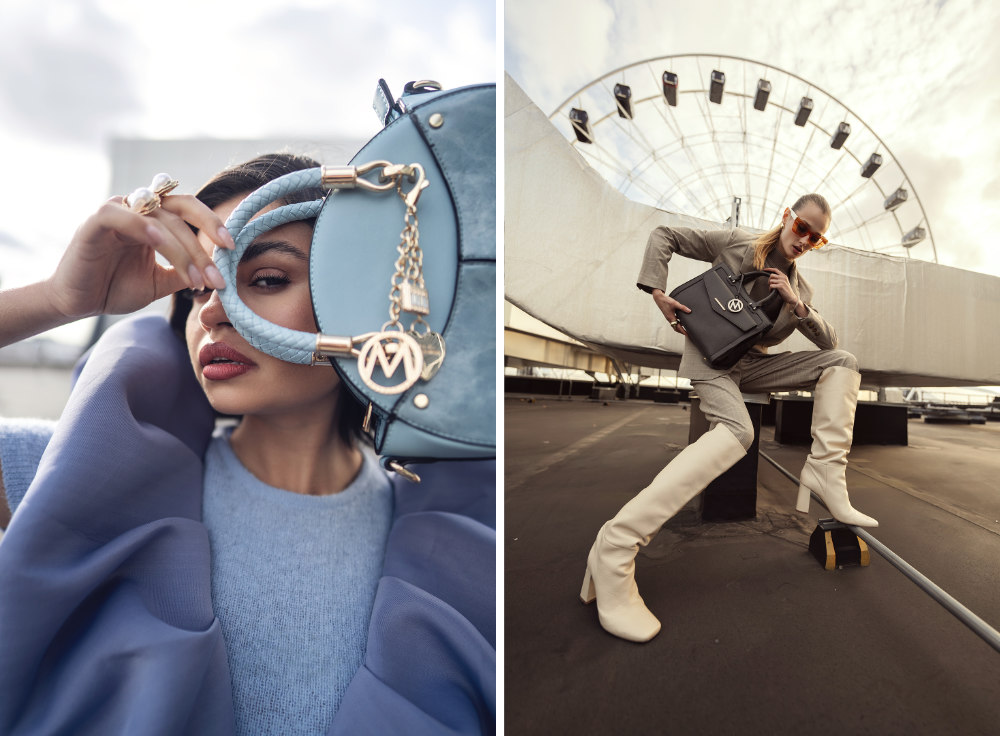
Do you have any other advice for young photographers who are considering a creative career?
My only advice is for aspiring photographers is this: focus on yourself and being unique, and the clients will find you!
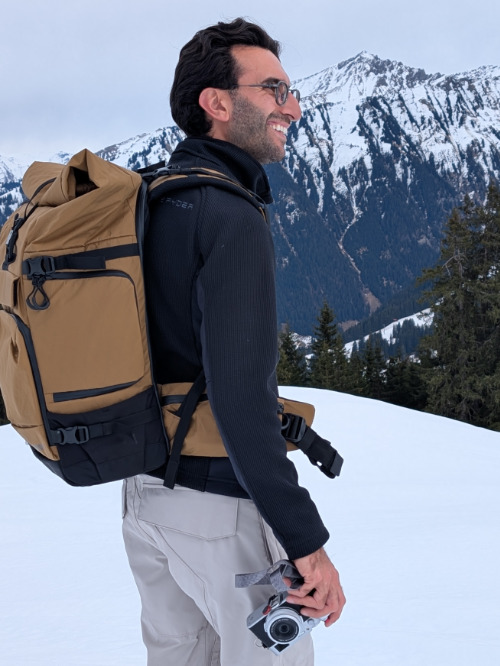
Dani Diamond is one of the most talented – and popular – photographers working today. He’s currently primarily a fashion photographer based out of New York City, who has also written dozens of informative articles for FStoppers and created tutorial videos to help out the next generation of photographers. He’s been a longtime Wacom user, and swears by his Cintiq Pro 27 pen display, Wacom Intuos Pro pen tablet, and his Wacom Movink OLED pen display when he’s traveling.
Check out his website at DaniDiamond.com, or follow him on Instagram or Facebook.

